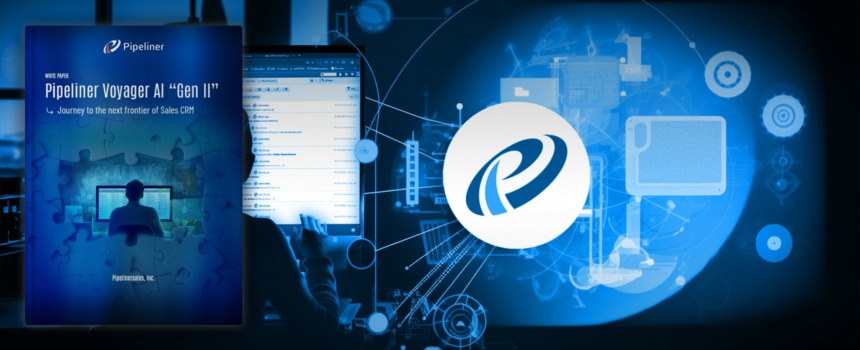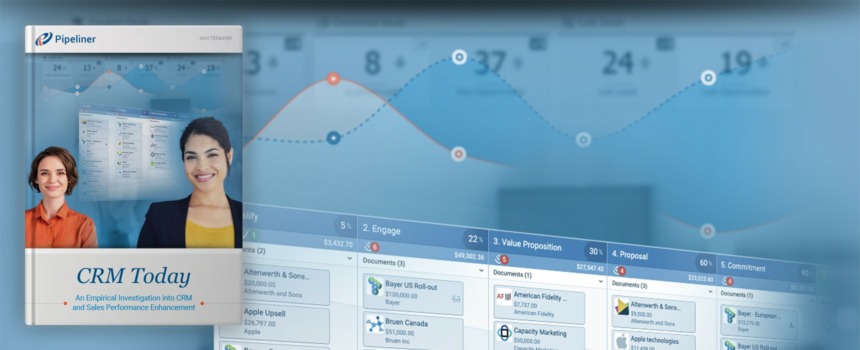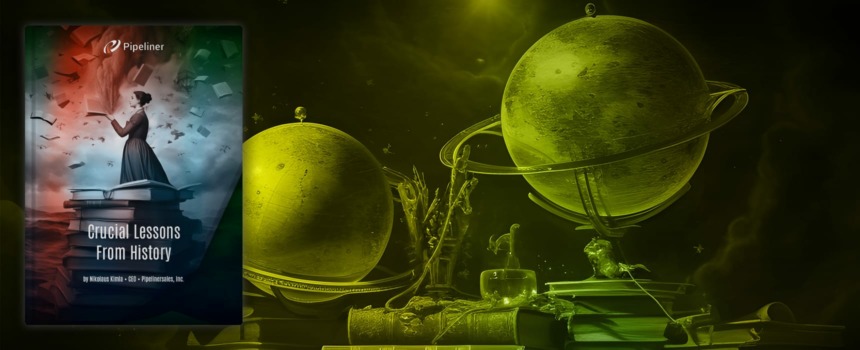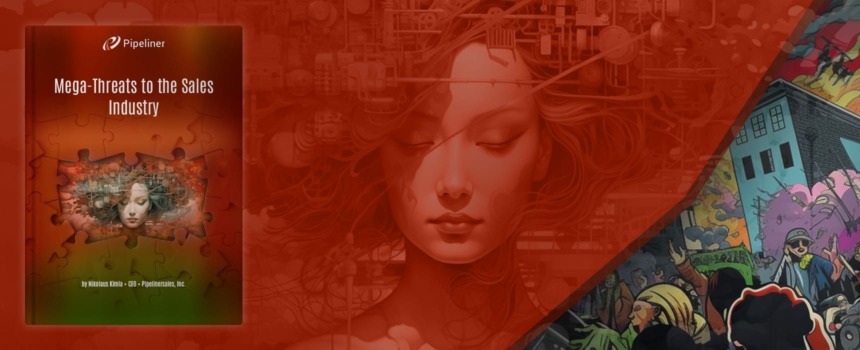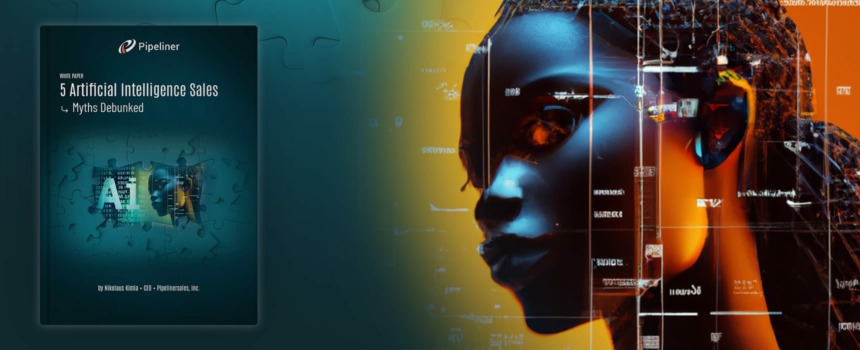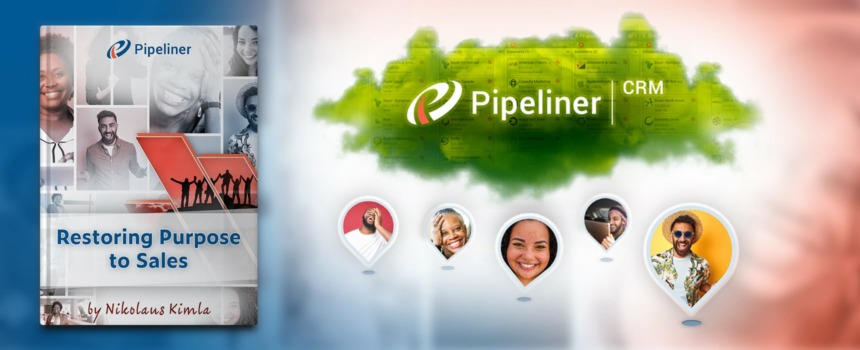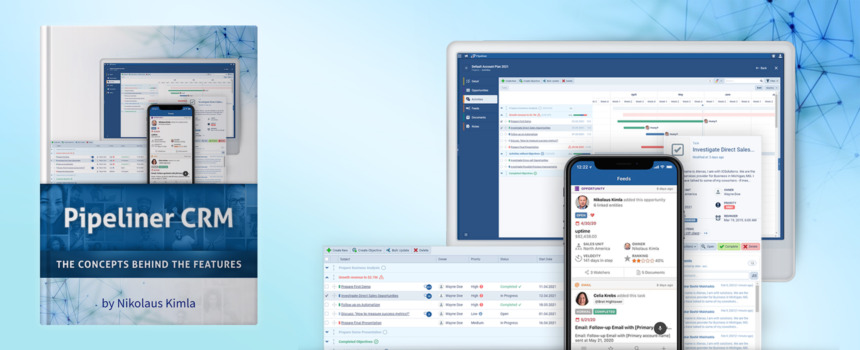Journey to the next frontier of Sales CRM
“AI” › It’s All About the Data
Artificial Intelligence (AI) is only as good as the data it relies upon, therefore, the adage “garbage in, garbage out” is fundamental to its effectiveness. Without accurate data, algorithms cannot produce a correct output. The data management issue is even more acute because AI requires a lot of data. Furthermore, to effectively use the power of AI with internal, limited, or private datasets requires the highest levels of data accuracy and integrity within those datasets.
Automating Repetitive Tasks:
At Pipeliner, we recognized the need to address the challenges posed by repetitive, manual work. This realization led to the development of our pioneering solution, the Automatizer — the first true automation platform for repetitive tasks.
Pipeliner CRM: Pioneering AI in Sales CRM
Pipeliner CRM has been at the forefront of integrating artificial intelligence (AI) into relationship management (CRM) technology. While others were still exploring AI’s potential, Pipeliner was already transforming how sales teams operate.
Automating Repetitive Tasks:
At Pipeliner, we recognized the need to address the challenges posed by repetitive, manual work. This realization led to the development of our pioneering solution, the Automatizer—the first true automation platform for repetitive tasks. This groundbreaking innovation served as the starting point for all future advancements in artificial intelligence technology that we knew were essential to implement.
Groundbreaking AI for Sales CRM Voyager AI “Gen I”
In 2018, Pipeliner introduced Voyager AI “Gen I”, a groundbreaking feature that uses intelligent algorithms to analyze customer data and provide sales teams with valuable insights, actionable recommendations, and early warnings about sales opportunities.
Announcing › Pipeliner Voyager AI “Gen II”
In 2024, Pipeliner CRM will launch the second generation of Pipeliner Voyager AI. This includes all of the current AI and AI-enhanced capabilities within Pipeliner CRM, and new and innovative AI features that Pipeliner will add to the platform over time. Like NASA’s Voyager II space probe, which has more sophisticated capabilities and can go deeper and further than Voyager I, Pipeliner’s Voyager AI “Gen II” will take AI for Sales CRM to a whole new level.
Conclusion
As highlighted above, fundamental to unlocking the power of AI for Sales CRM is both data accuracy and automation. Without these many AI tools will be limited point solutions, and most of the platforms that boast AI components will be extremely superficial in what they can deliver.

